wet material pouring production line in the Manufacturing and Processing Machinery Industry
News 2024年12月18日 79
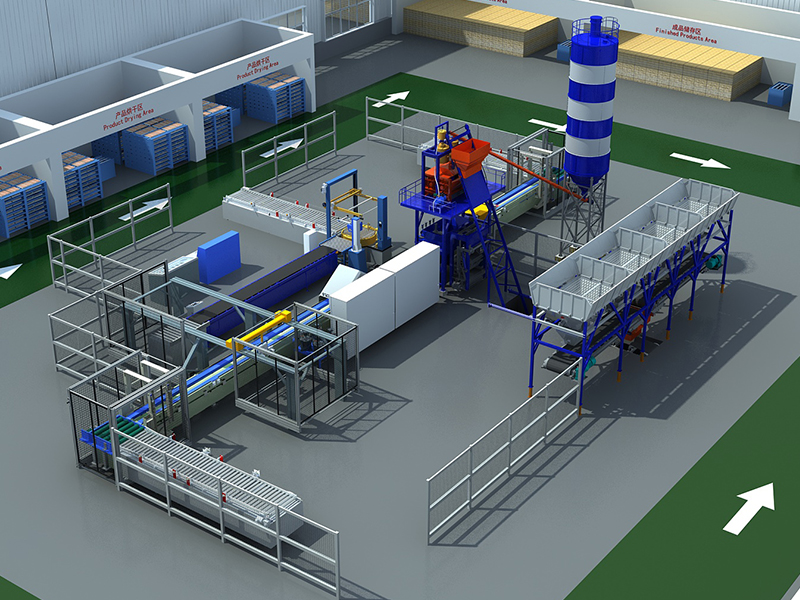
When it comes to fully automated wet pouring lines, here is some further information to learn about:
Automated control system: The core of the fully automatic wet material pouring production line is its automated control system. These systems use sensors and feedback mechanisms to monitor various steps of the production line and provide precise control based on set parameters. The automated control system can realize the continuous process of wet material mixing, conveying, pouring and forming, improving production efficiency and consistency.
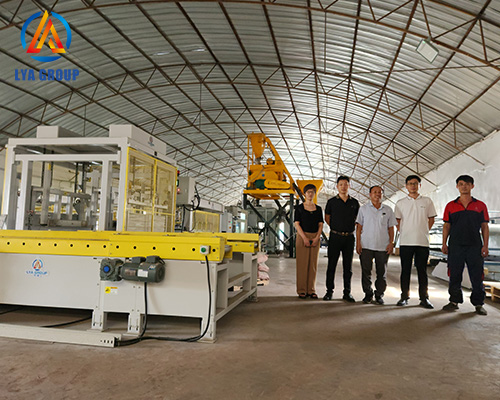
Mold and product diversity: The fully automatic wet pouring production line can produce a variety of concrete products according to demand. The design and fabrication of molds are very important as they determine the shape and size of the final product. Production lines are often equipped with interchangeable mold systems to allow quick changeover between different products.
Quality Control: Production lines are often equipped with quality control systems to monitor and ensure the quality of the product. This could include using sensors to measure the density, uniformity and flowability of wet ingredients, as well as using image recognition technology to check the appearance and dimensions of finished products. Through real-time monitoring and feedback, parameters can be adjusted in a timely manner to ensure that the product meets specification requirements.
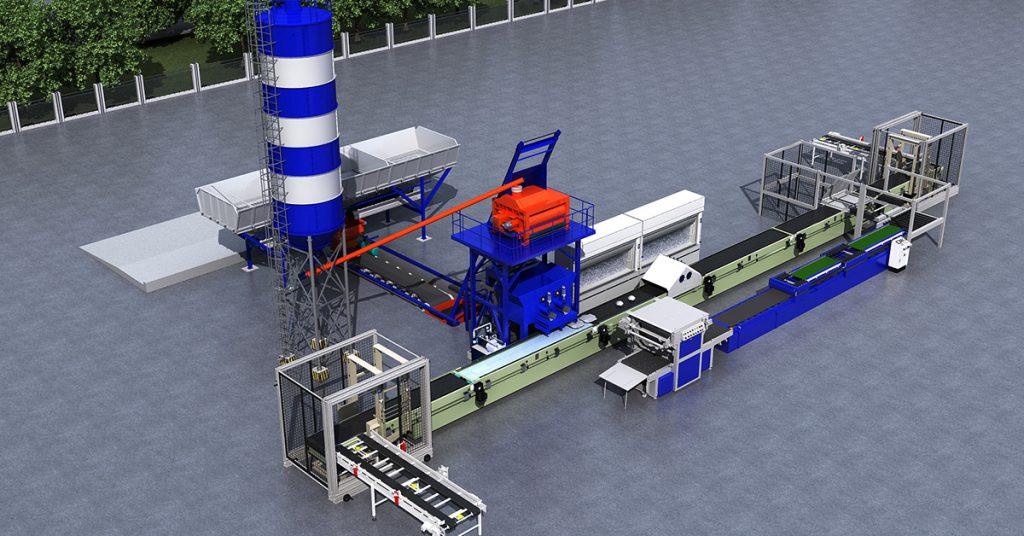
Production line layout and process flow: The layout and process flow of the fully automatic wet material pouring production line should be designed according to production needs. This includes determining how raw materials are supplied, how wet materials are mixed, conveyor paths and pouring methods. At the same time, the coordination and sequence between the various steps of the production line also need to be considered to ensure efficient production.
Human-machine interface and operation: Production lines are often equipped with user-friendly human-machine interfaces to allow operators to monitor and control the operation of the production line. These interfaces can provide real-time data, alarms and fault diagnosis information to help operators take timely measures.
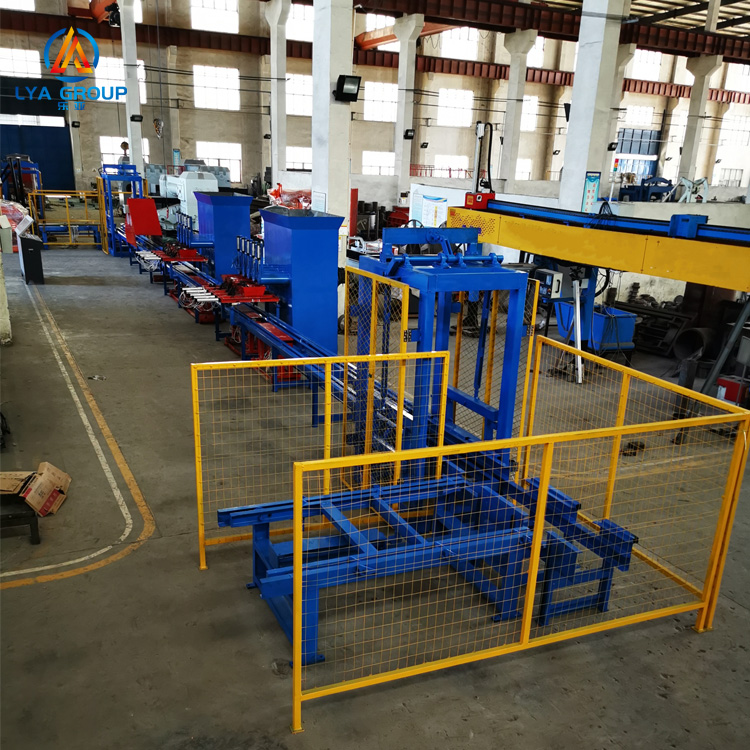
Sustainability and environmental protection considerations: With the increase in environmental awareness, fully automatic wet material pouring production lines also take sustainability and environmental protection factors into consideration. For example, some production lines adopt energy-saving technologies to reduce the generation of waste water and waste materials and optimize resource utilization.
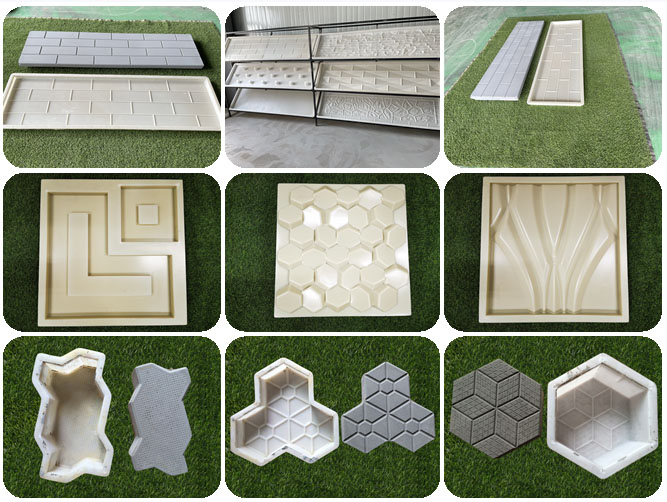
Market Trends and Developments: The field of fully automatic wet pouring production lines continues to develop and innovate. The introduction of new technologies, such as machine vision, artificial intelligence and automatic path planning, is changing the functionality and performance of production lines. In addition, industry demand for higher production efficiency, higher quality and more sustainable solutions is also driving the development of production lines